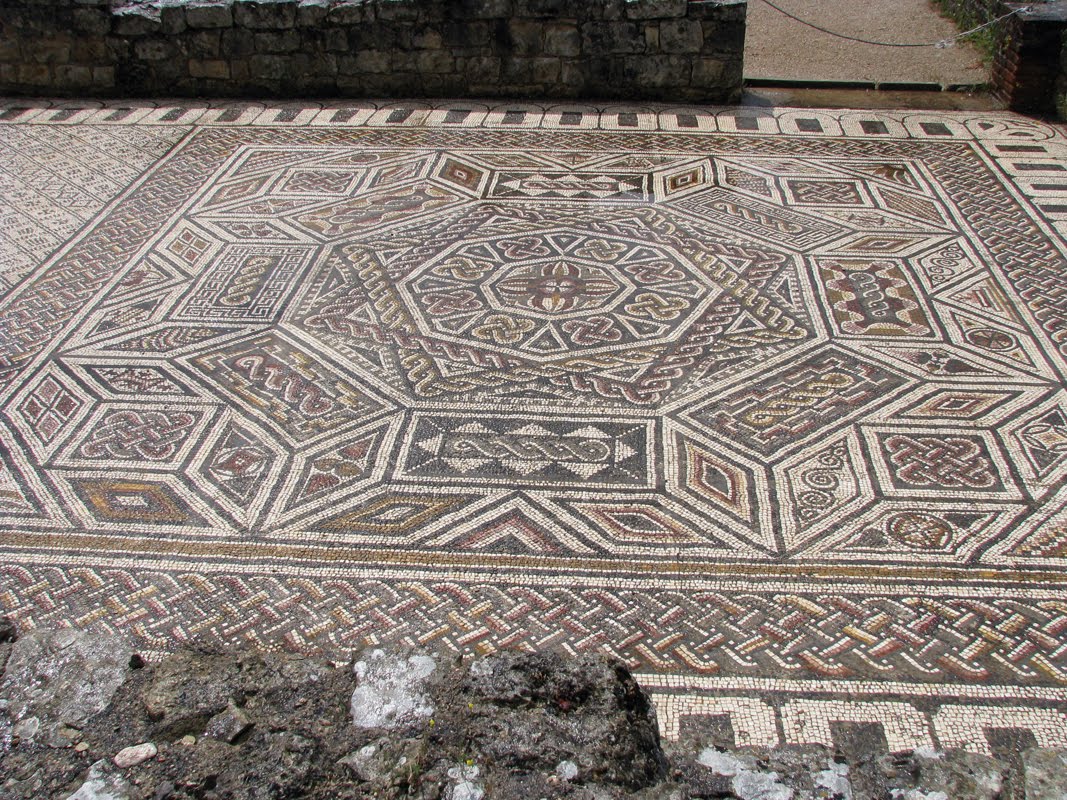Day 86. Coimbra & Conimbriga
Эти стены долгое время не слышали эха человеческих голосов. Они привыкли к тишине, нежному безмолвному движению воды. Вода ласкала их, оставляя узоры на камнях и расписывая колонны только ей известными красками.
“Santa-Clara-a-Velha (14th century) was a women’s convent, and there’s a particularly female atmosphere in its melancholy church, or maybe that’s what the traveler thinks because that’s what he knows.” (© J. Saramago “Journey to Portugal”)
День 86. Куимбра & Конимбрига
В Конимбриге (I в. до н.э.) большая часть мозаик оставлена под открытым небом. Страннице повезло – пошел дождь, и они заиграли неожиданно яркими красками…
“According to popular tradition, there are three main historical reference points: the periods of the Afonsinos, the Moors and the Romans. The first serve to illustrate, paradoxically, what’s most ancient of all, or perhaps most imprecise and almost mythical; the second (despite the lack of abundant material evidence) is a rich source for legend; and the third, which offered no legends of any kind, finds confirmation in a solid bridge, flagged pavements, and instills respect for the harsh laws stamped on them by the march of legionaries. The Romans find little sympathy from those on whom they bestowed their Latin language.
To tell the truth, when the traveler wanders amid such magnificence – and here it’s easy to tell what magnificence is – he feels somewhat apart, as if he were seeing, caressing almost, the remains of an utterly alien civilization and culture. It’s conceivable that this impression derives from visualizing the Romans installed here, entirely lords of their forum, of their water fountains, parading in their togas and tunics, visiting the baths before wandering into the surrounding hills, today covered in olive groves, apparently an ingenious and domineering people, suffering certain hunger and acid jealousy.
Viewed thus, Conimbriga must have been an islet of advanced civilization surrounded by a sea of drowning people. Possible the traveler may be committing a grave injury to the person whom this same civilization finished by rooting here, but this is the only explanation to be found for the sense of unease that always overwhelms him when confronted by Rome and all its works, and inexorably returns to prey upon him here in Conimbriga. It has to be said that, come what may, Conimbriga’s ruins have a subtle monumentality which gradually impresses itself upon our consciousness, not even the bulky mass of the city walls can disturb the particular ambience of the place. In fact, ruins have a whole aesthetic of their own. Intact, Conimbriga would be beautiful. Reduced to what we see of her today, this beauty has adapted itself to necessity. The traveler doesn’t believe that anything better could have happened to these stones, to these wonderful mosaics, than that they should intermittently still be covered and so conserved by the sand.” (© J. Saramago “Journey to Portugal”)















Comments
Post a Comment